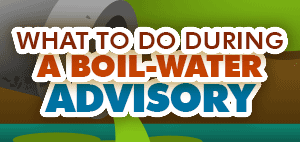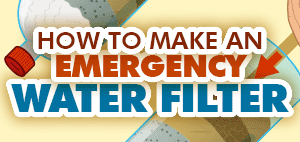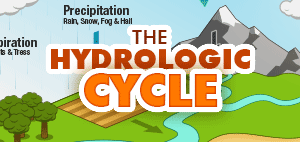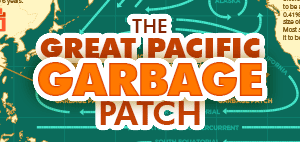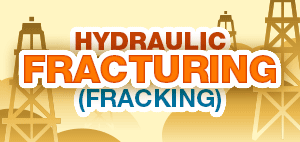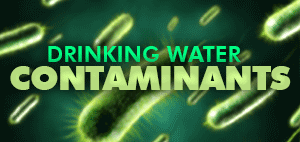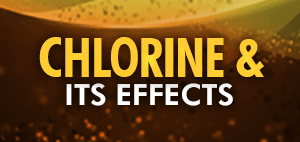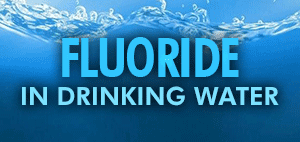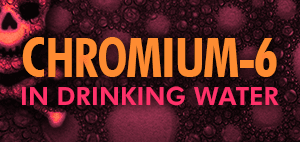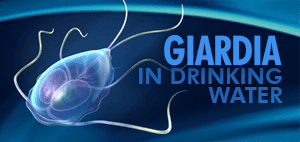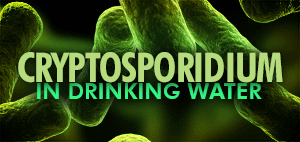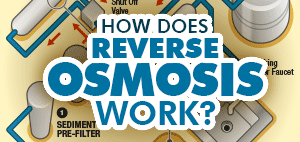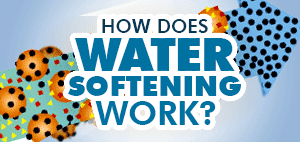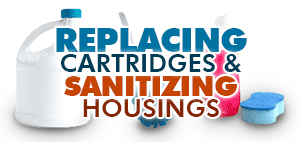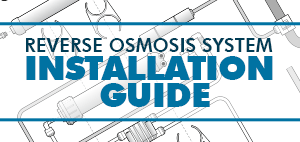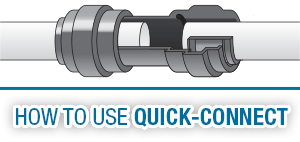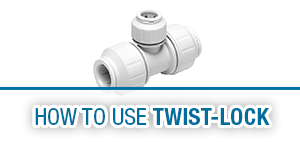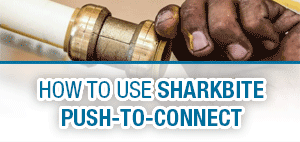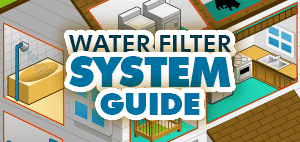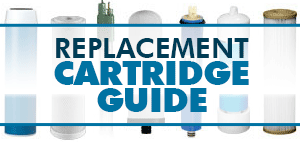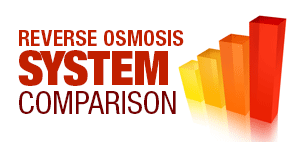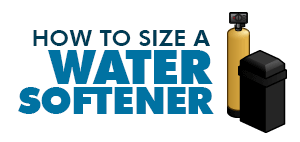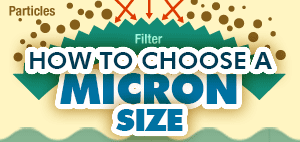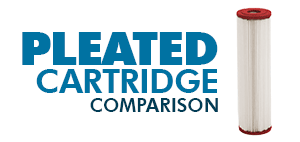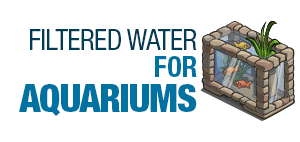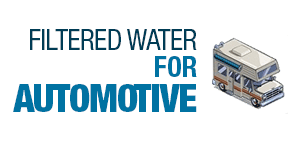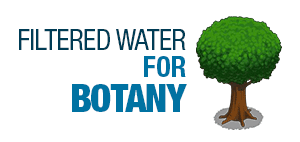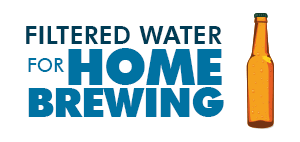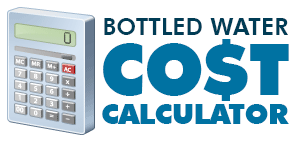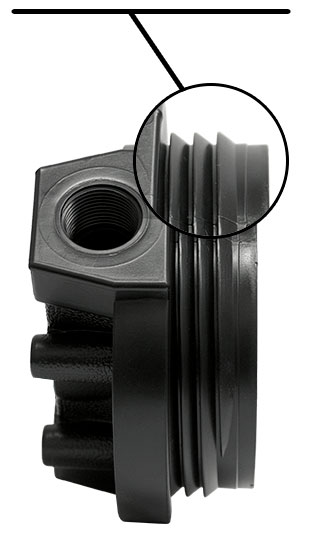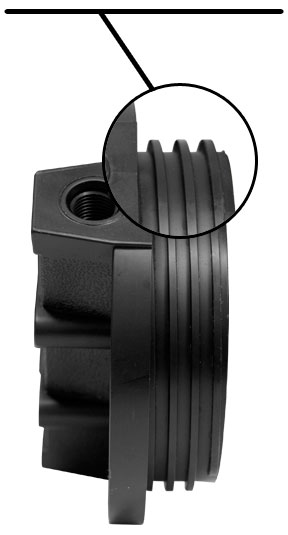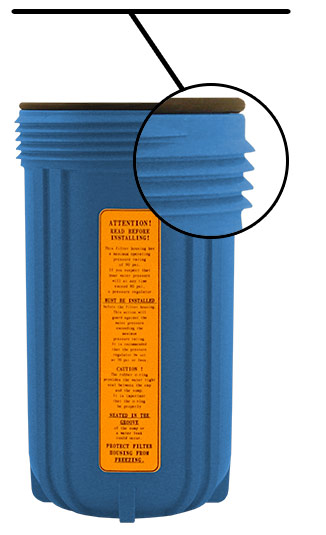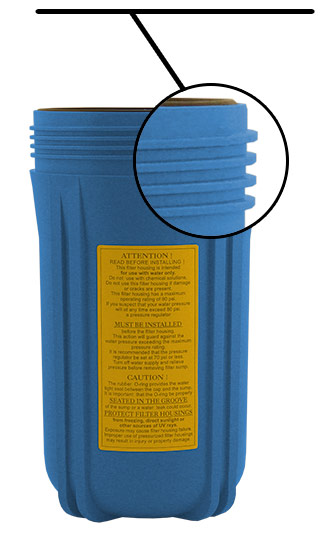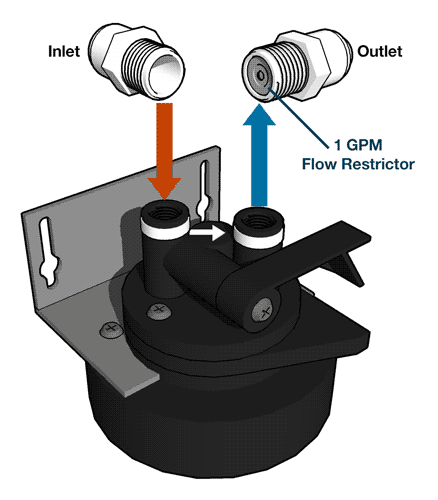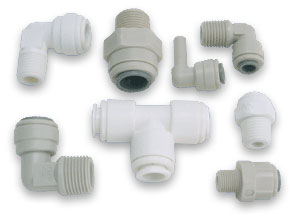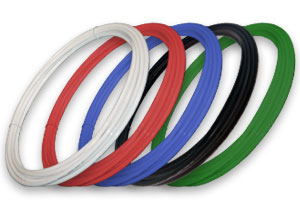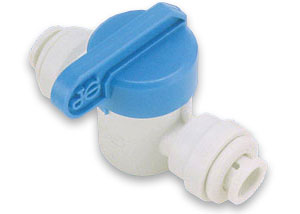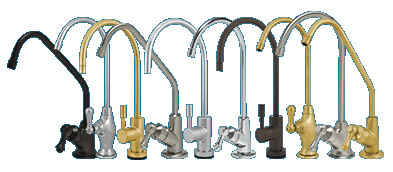What is the Pacific Garbage Patch?
90% of the garbage floating in the Earth’s oceans is plastic and less than 5% of all plastic is recycled. The patch mostly consists of pelagic plastics, formed from plastic bags, plastic water bottles, bottle caps and styrofoam. Plastic does not biodegrade, the sun breaks these down into smaller and smaller pieces through photodegradation, which is why it is so difficult to judge the size of the patches, since these pieces are not visible from satellites or planes.
Debris ranges in size from abandoned fishing nets to micro-pellets found in abrasive cleaners. Garbage from Asia’s east coast takes about a year or less to enter the Pacific gyre, while trash from the west coast of North America can take up to 6 years.
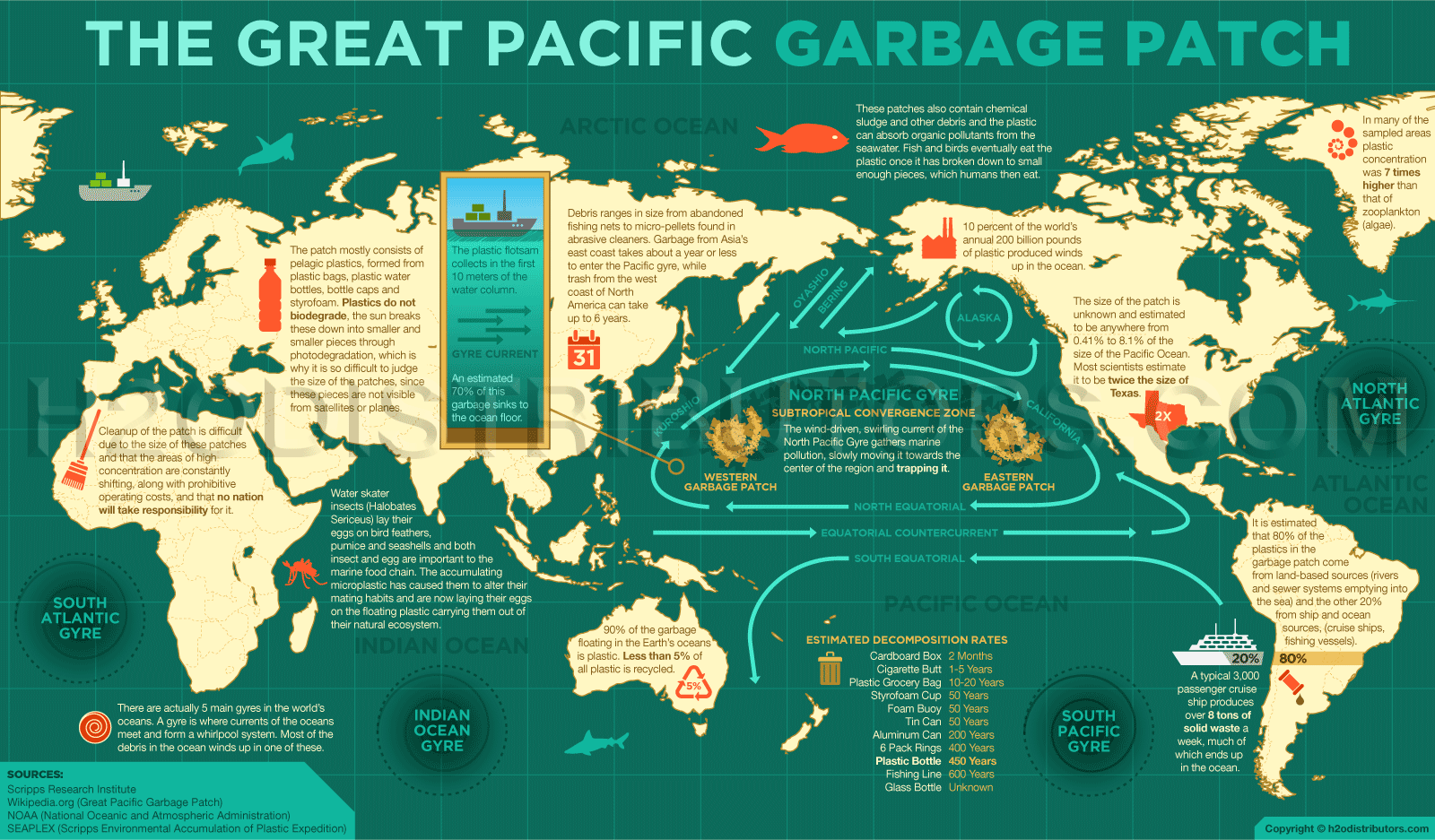
How does a Garbage Patch Form in the Oceans
The wind-driven, swirling current of the North Pacific Gyre gathers marine pollution, slowly moving it towards the center of the region and trapping it. There are 5 main gyres in the world’s oceans. A gyre is where currents of the oceans meet and form a whirlpool system. Most of the debris in the ocean winds up in one of these.
Cleanup of the patch is difficult due to the size of these patches and that the areas of high concentration are constantly shifting, along with prohibitive operating costs, and that no nation will take responsibility for it.
Where Does All the Plastic Come From?
10 percent of the world’s annual 200 billion pounds of plastic produced winds up in the ocean. It is estimated that 80% of the plastics in the garbage patch come from land-based sources (rivers and sewer systems emptying into the sea) and the other 20% from ship and ocean sources, (cruise ships, fishing vessels). A typical 3,000 passenger cruise ship produces over 8 tons of solid waste a week, much of which ends up in the ocean.
How Large is the Pacific Garbage Patch?
The size of the patch is unknown and estimated to be anywhere from 0.41% to 8.1% of the size of the Pacific Ocean. Most scientists estimate it to be twice the size of Texas.
What Effect Does the Garbage Patch have on Wildlife?
These patches also contain chemical sludge and other debris and the plastic can absorb organic pollutants from the seawater. Fish and birds eventually eat the plastic once it has broken down to small enough pieces, which humans then eat.
Water skater insects (Halobates Sericeus) lay their eggs on bird feathers, pumice and seashells and both insect and egg are important to the marine food chain. The accumulating microplastic has caused them to alter their mating habits and are now laying their eggs on the floating plastic carrying them out of their natural ecosystem.

